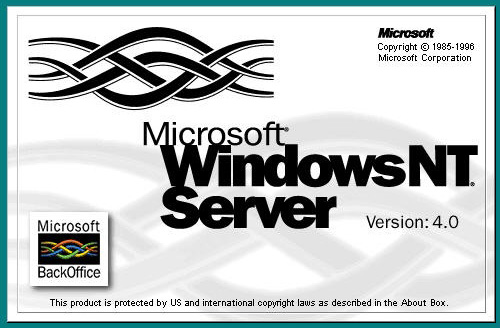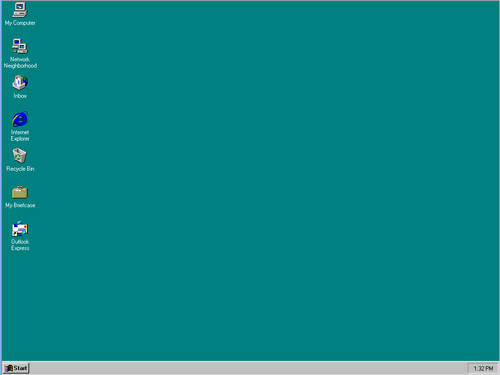Evolution Of Microsoft Windows: 1985 – 2009
It all began in Plaza Hotel, New York City on the 10th of November 1983. Two Microsoft founders Paul Allen and Bill Gates officially announced their corporation’s first and next-generation graphical user interface operating system – Microsoft Windows.
Windows NT 3.51 Workstation (1995)
The Windows NT Workstation 3.5 release provided the highest degree of protection yet for critical business applications and data. With support for the OpenGL graphics standard, this operating system helped power high-end applications for software development, engineering, financial analysis, scientific, and business-critical tasks – Microsoft

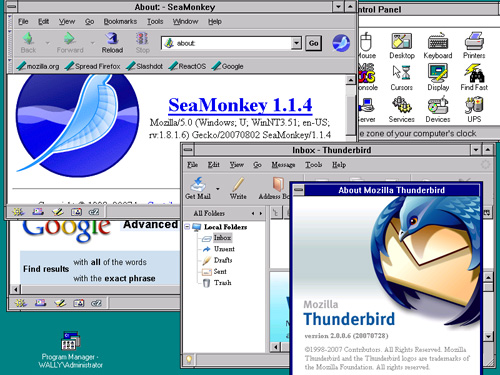
Windows 95 (1995)
Previously code-named Chicago, Windows 95 is a successor to all the existing Windows operating system so far. It gives full graphical user interface support, integrated a 32-bit TCP/IP (Transmission Control Protocol/Internet Protocol) stack for built-in Internet support, dial-up networking, and new Plug and Play capabilities that made it easy for users to install hardware and software.
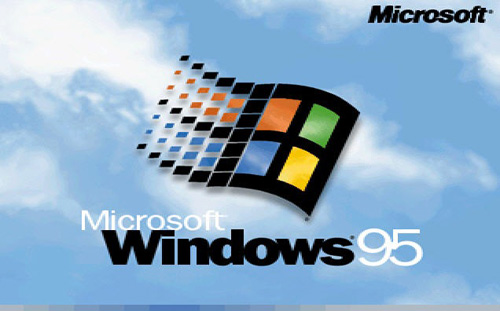
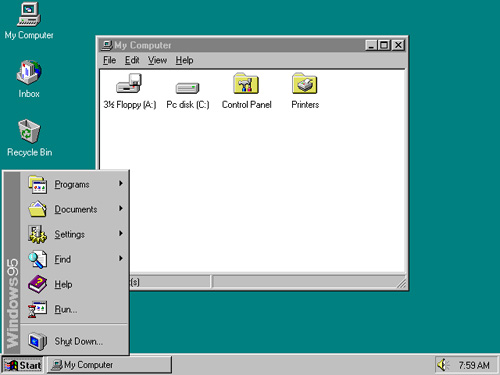
Windows NT 4.0 (1996)
Windows NT Workstation 4.0 included the popular Windows 95 user interface yet provided improved networking support for easier and more secure access to the Internet and corporate intranets – Microsoft.
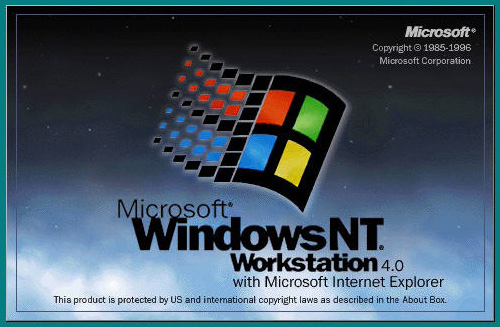
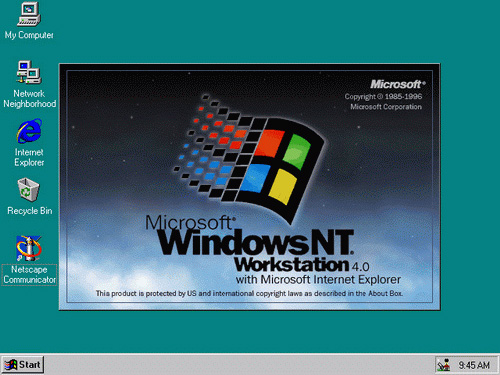
Windows NT Server 4.0 (1996)
